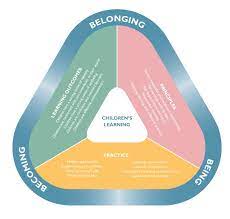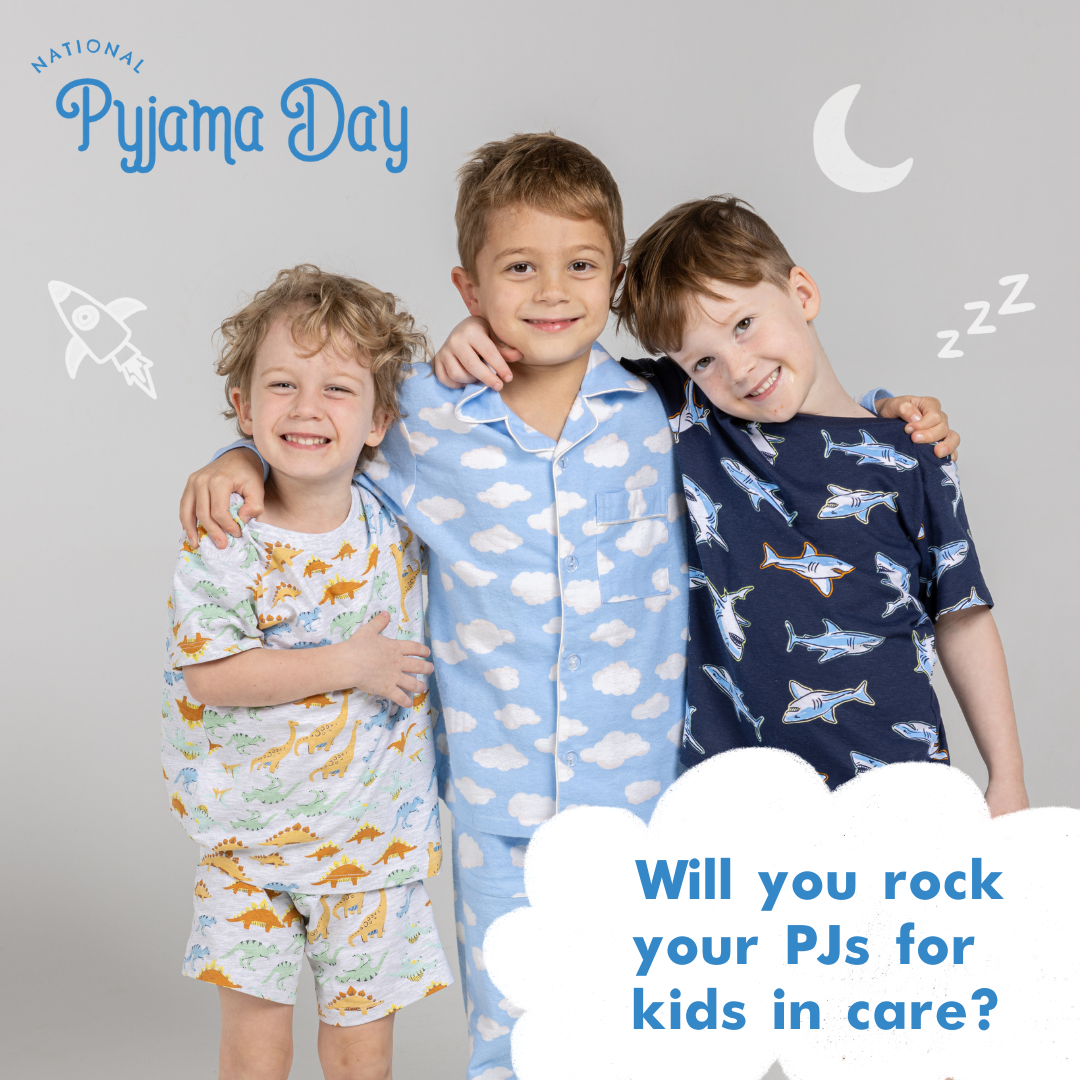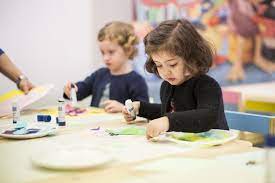You can use this list of EYLF Learning outcomes as a reference or guide for your planning and documentation. The EYLF learning outcomes are goals that a child can achieve during their education. The sub-outcomes and effects cover many areas, including identity, community and wellbeing, communication, and learning. These outcomes and sub-outcomes are used to document children’s play, and they can be added to different experiences and activities in the curriculum plan to guide children’s education.
Learning Outcome #1: Children feel a strong sense of identity
- 1.1 Children feel secure and supported.
- Children are encouraged to develop their interdependence, resilience, and sense of agency.
- 1.3 Children learn to be confident and knowledgeable about themselves.
- 1.4 Children are taught to treat others with empathy, care, and respect.
Learning Outcome 2: Children connect with their world and contribute to it
- 2.1 Children learn to feel a sense of belonging in groups and communities, and they understand the reciprocal rights and responsibilities necessary for active participation in the community.
- Children can respond with respect and tolerance to differences.
- 2.3 Children learn about fairness.
- 2.4 Children learn to be socially responsible and respect the environment.
Learning Outcome #3: Children feel a strong sense of wellbeing
- 3.1 Children develop a strong sense of social and emotional well-being.
- Children are increasingly responsible for their health and wellbeing.
Learning Outcome #4: Children are engaged and confident learners
- 4.1 Children acquire dispositions to learn, such as curiosity, cooperation, confidence, creativity, and commitment. They also develop enthusiasm, perseverance, imagination, and reflexivity.
- 4.2 Children learn various skills and processes, such as problem-solving, inquiry, experiments, hypotheses, researching, and investigating.
- Children can transfer and adapt their learning from one context to another.
- Children can be empowered to learn by connecting with others, places, technologies, and natural or processed materials.
Children are good communicators.
- Children communicate verbally and nonverbally to others for many different purposes.
- 5.2 Children can understand and engage with different texts.
- 5.3 Children use various media to express their ideas and create meaning.
- 5.4 The children begin to grasp the concept of symbols and patterns.
- 5.5 Children access information using information and communication technology, explore ideas and express their thoughts.



